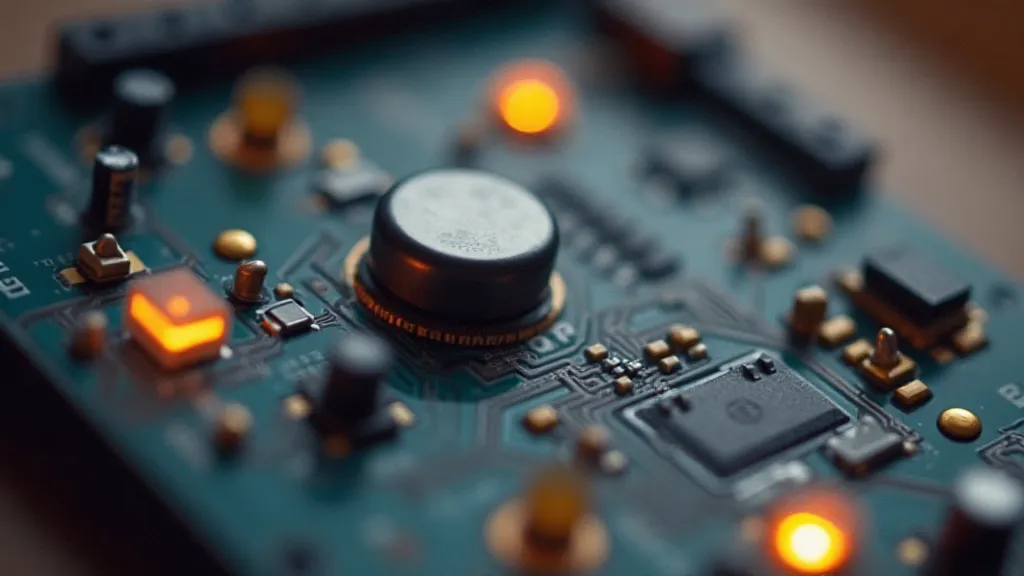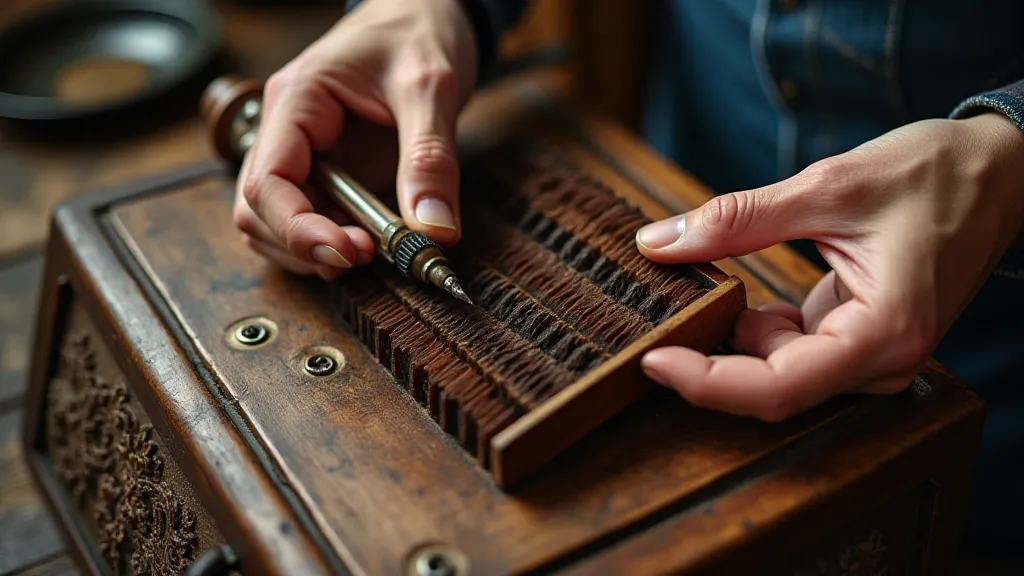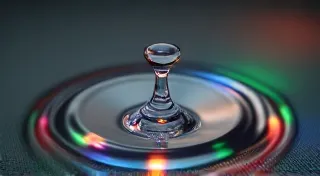Resonance and Ruin: Harvesting Energy from Ambient Vibrations
There’s a peculiar beauty in decay, isn’t there? The slow surrender of time on something crafted with care and ingenuity. I remember the first time I truly understood this. I was a teenager, tasked with cleaning out my grandfather’s attic. Amidst the forgotten treasures – dusty trunks filled with yellowed letters and antique tools – sat an accordion. Not a pristine, showroom piece, but a battered, worn instrument, its bellows cracked, its keys sticky, but still somehow, undeniably, alive. The scent of aged wood and leather filled the air, a silent testament to decades of melodies played and memories made. It wasn't just an object; it was a vessel of stories, a tangible echo of a life well-lived.
That accordion sparked something in me – an appreciation for the way things work, for the craft that goes into building something that can produce such complex and moving sounds. And, perhaps surprisingly, it laid the groundwork for my fascination with energy harvesting, specifically the fascinating realm of piezoelectricity.

The Physics of Vibration: From Accordions to Energy
Accordions, like many musical instruments, rely on resonance – the tendency of a system to vibrate at certain frequencies when disturbed. That initial squeeze of the bellows sets a cascade of vibrations in motion, amplified by the carefully engineered reeds and the instrument’s body. Piezoelectric materials, at their core, operate on a similar principle, but instead of producing sound, they generate electricity. The piezoelectric effect, discovered by the Curie brothers in 1880, describes the ability of certain materials – like quartz and ceramics – to produce an electrical charge when subjected to mechanical stress. Think of it as converting the “energy of a squeeze” into usable power.
Imagine that antique accordion, not just as a source of music, but as a potential source of energy. Each squeeze, each note played, is a miniature demonstration of mechanical energy waiting to be captured. The challenge, of course, lies in translating that intermittent, low-amplitude vibration into a consistent and usable power source. That’s where the real engineering begins.
Piezoelectric Energy Harvesting: Challenges and Possibilities
Developing a reliable piezoelectric energy harvesting system is considerably more complex than simply slapping a piezoelectric crystal onto a vibrating surface. The power output from piezoelectric materials is typically very low, often in the microwatt or milliwatt range. This presents a significant hurdle when considering practical applications for DIY electronics projects.
Several factors contribute to this low-power operation. Firstly, the amplitude of the vibrations needed to generate a meaningful charge is often greater than what naturally occurs in everyday environments. Secondly, the frequency of vibration is critical; piezoelectric materials are most efficient at specific frequencies. Finally, the impedance matching between the piezoelectric element and the load (the device you’re trying to power) plays a crucial role in maximizing power transfer.
Let’s consider some common challenges:
- Low Voltage: Piezoelectric elements generate relatively low voltages. Step-up converters are often needed to boost the voltage to a level suitable for powering most electronics.
- Intermittent Power: Vibrations are rarely constant. Energy storage, typically in the form of a capacitor or a small rechargeable battery, is essential for providing a continuous power supply.
- Sensitivity to Frequency: Piezoelectric materials have resonant frequencies. Operating outside this range drastically reduces efficiency.
- Mechanical Durability: The piezoelectric elements, and the structure supporting them, must withstand repeated stress and vibration without degradation.
DIY Electronics Projects: Simple Harvesting Examples
Despite the challenges, building a simple piezoelectric energy harvesting system for DIY electronics is achievable. Here are a few project ideas to get you started:
- Motion-Activated LED: A piezoelectric element attached to a mechanical switch could power an LED when triggered by movement. This is a great introduction to basic circuitry and energy storage.
- Vibration-Powered Sensor: Imagine a small, wireless sensor powered by the vibrations of a washing machine or a busy highway. The sensor could monitor temperature, humidity, or even vibration levels.
- Kinetic Energy Watch: While a fully self-powered wristwatch is a more ambitious project, a basic prototype demonstrating the principle is possible.

Energy Storage: The Crucial Component
Because piezoelectric energy harvesting typically produces sporadic bursts of power, energy storage is essential for enabling continuous operation of a powered device. Capacitors are often used for short-term storage, while rechargeable batteries (like Lithium-ion or Nickel-Metal Hydride) are suitable for longer-term storage.
Choosing the right storage device involves considering factors like voltage, capacity, charging current, and cycle life. A well-designed energy management circuit is also vital to prevent overcharging, deep discharging, and other issues that can degrade battery performance.
Restoration and Resonance: A Connection to the Past
My grandfather’s accordion wasn’t just a source of inspiration for my interest in energy harvesting; it also sparked an appreciation for craftsmanship and the enduring quality of well-made objects. The meticulous construction, the attention to detail – these are qualities that are often lacking in our disposable culture. Restoring antique instruments, like accordions or other mechanical devices, is a rewarding experience that connects us to the past and allows us to appreciate the ingenuity of previous generations. Understanding how these instruments work, what makes them resonate, can translate into a deeper understanding of the principles behind piezoelectric energy harvesting.
The slow decay of that antique accordion, the faint echo of its music, serves as a reminder that even in ruin, there is a kind of beauty and a potential for renewal. And perhaps, by harnessing the energy from ambient vibrations – the subtle resonances of our world – we can create a more sustainable future, one tiny piezoelectric pulse at a time.






